Service learning projects are an important addition to the enrichment of education. Service projects are important not only because they can be 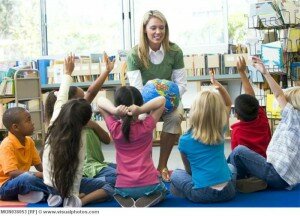 incorporated into the learning environment of the classroom, but also they can teach civic responsibility and strengthen communities. The most important thing that service learning can add to an educational atmosphere is an answer to the question “Why do I need to learn this” because it adds a real life application to daily lessons.
incorporated into the learning environment of the classroom, but also they can teach civic responsibility and strengthen communities. The most important thing that service learning can add to an educational atmosphere is an answer to the question “Why do I need to learn this” because it adds a real life application to daily lessons.
It is important that service to the community is taught at an early age, to ensure a lifetime of service and giving to others. Children who serve together tend to have higher levels of self-respect, character development, and academic achievement. Projects can be big or small depending on your classroom schedule and time availability. Projects should also be developed based upon your class’s age level.
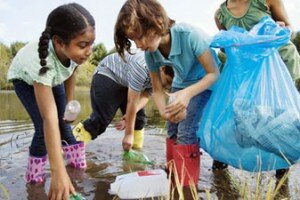 So you want to start a classroom volunteer project? How on Earth do you begin a service project especially with young kids and very little time to stray away from lesson plans? Here are some project ideas for all types of ages and schedules:
So you want to start a classroom volunteer project? How on Earth do you begin a service project especially with young kids and very little time to stray away from lesson plans? Here are some project ideas for all types of ages and schedules:
- Preschool age: Teach your class about sharing through a cheer cards service project. Provide construction paper, crayons, pictures, etc. to your class. Ask students to think of an individual who has made them happy in the past year. The students will make a card for that person with a “cheery” message attached to spread happiness with loved ones.
- Kindergarten age: Spread the message of kindness and friendship with your class by making pet collars for shelter animals. These collars can be made out of felt or cotton and decorated by your students. Once the collars are finished they can be donated to a local animal shelter. Teach children about animals while doing this project.
- Elementary school age: teach respect to your classroom by making friendship quilts. Have students decorate a cloth square with messages or pictures of peace and friendship. Put all of the squares together as a quilt or string of messages. If your class has extra time, students may also make peace cards to accompany the quilt. Once the quilt is completed, it can be donated to your local shelter.
- Middle school age: teach your class the power of giving by holding a class or school-wide food drive, canned goods drive, clothing drive, or coat drive. Have each classroom make a box to collect donations in. This box should be visible in the classroom so that others know about the drive. Let others know about your donation drive by having a write up in your school newsletters, a note to parents, or local organization announcement.
With the right amount of planning and development your class really can give back to the community at any age. Whether your project is big or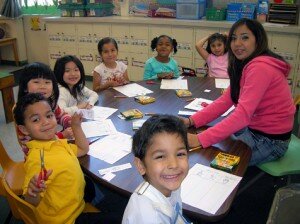 small children really do learn the power of giving back by participating in service projects.
small children really do learn the power of giving back by participating in service projects.
The holidays are the easiest time to give back this year, with a wide variety of projects to choose from. You classroom can join GenerationOn this year from November 29 to December 13 for their Holiday Gift Campaign. Get your classroom service project started by having your students pledge service to GenerationOn, every pledge of service will be honored by Hasbro who will donate a toy to a child in need.
Do you have more ideas to get a classroom involved in service? We would love for you to share with us!


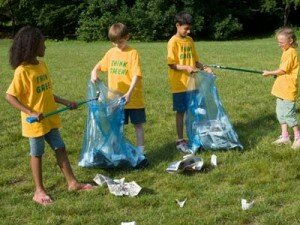

 over the year’s most prized toys.
over the year’s most prized toys.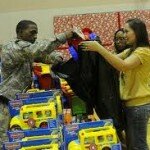 a team of volunteers that donate various skills and ideas to the project. When planning a volunteering project consider who has participated in past volunteering experiences, who has expressed an interest, and who has demonstrated good leadership.
a team of volunteers that donate various skills and ideas to the project. When planning a volunteering project consider who has participated in past volunteering experiences, who has expressed an interest, and who has demonstrated good leadership.
 Volunteering your time and skills during the holidays will allow you time to reflect about how truly rewarding helping others in the community can be.
Volunteering your time and skills during the holidays will allow you time to reflect about how truly rewarding helping others in the community can be.
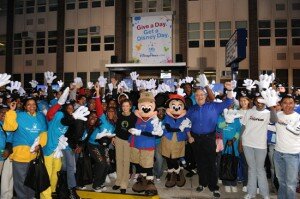
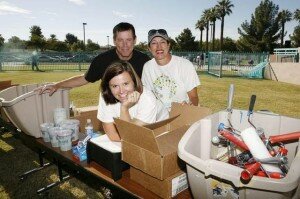
 or television stations
or television stations
 1) Let’s turkey trot!
1) Let’s turkey trot! 4) Volunteer at a Soup Kitchen!
4) Volunteer at a Soup Kitchen!
 Today’s post comes from Michael Nealis, Interactive Strategy Coordinator for
Today’s post comes from Michael Nealis, Interactive Strategy Coordinator for 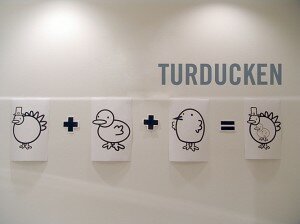 There is no ordinary turkey for us. Instead,
There is no ordinary turkey for us. Instead,  Our dinner is a great opportunity for all of us to take some time to think about Martin Luther King, Jr. Day, which isn’t very far away. Dr. King’s envisioned a beloved community where people would not stand for their neighbors to be homeless or hungry, where human existence is social and we reach out to our neighbors to come together.
Our dinner is a great opportunity for all of us to take some time to think about Martin Luther King, Jr. Day, which isn’t very far away. Dr. King’s envisioned a beloved community where people would not stand for their neighbors to be homeless or hungry, where human existence is social and we reach out to our neighbors to come together.
 Organize a musical instrument drive and donate the instruments to a local school or community center.
Organize a musical instrument drive and donate the instruments to a local school or community center.
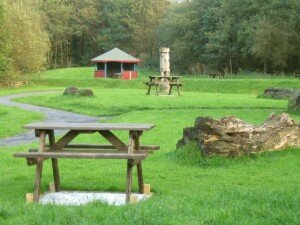 Build barbecue pits, picnic tables or trails at local parks.
Build barbecue pits, picnic tables or trails at local parks.
 .
.
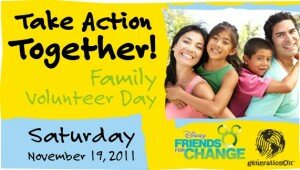
 Find out what’s expected. It’s a good idea to do a little bit of homework before your family’s first volunteer event. Ask the Volunteer Manager what the age requirements are for the project, what appropriate dress looks like, how to be safe, or any other questions you might have before volunteering. If the organization you’re volunteering with has an orientation program, try to make sure that everyone in your family can attend the orientation.
Find out what’s expected. It’s a good idea to do a little bit of homework before your family’s first volunteer event. Ask the Volunteer Manager what the age requirements are for the project, what appropriate dress looks like, how to be safe, or any other questions you might have before volunteering. If the organization you’re volunteering with has an orientation program, try to make sure that everyone in your family can attend the orientation. Take time to reflect on your accomplishments. Taking the time to talk about what you did as a family after volunteering makes the experience more real. Take some time to talk about what you did, why you did it, how you felt and what you learned. It doesn’t have to be just on the drive home! Use this as an opportunity to add to the tradition. Have the conversation about volunteering as part of a special treat.
Take time to reflect on your accomplishments. Taking the time to talk about what you did as a family after volunteering makes the experience more real. Take some time to talk about what you did, why you did it, how you felt and what you learned. It doesn’t have to be just on the drive home! Use this as an opportunity to add to the tradition. Have the conversation about volunteering as part of a special treat.
